The "letter" pattern ("Rosehip") is one of the most popular among beginner knitters. It is easy to execute, but due to the original relief, almost any product is decorated: it is used when creating hats, scarves, cardigans, dresses or plaid, as well as children's things. As can be seen on the "letter" pattern presented below, the simplest hinges are used for its creation - facial, invalous and "shishchik".
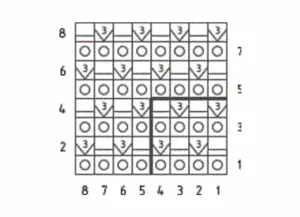
In this scheme, the circles denote the facial loops, the bands are invalid, and a tick with a number 3 - "Beschechki". Three in this case denotes the number of facial loops that are necessary to create each of them.
In fact, the "letter" is a common facial surface, which in checkers are enjoyed by embossed tubercles. As a rule, they are formed out of five loops, but at the request of the author, their number can be increased, then the pattern will become more relief.
Classic "Book"
Rapport (repeated part of the pattern) of a classic "letter" - four rows. To create it, you need to dial an even number of loops into two knitting needles. Then one of the spokes is removed and the first row fit in conventional facial loops.
The canvas should be flipped over and penethed one loop in the wrong. Then the formation of "shishchek" begins:
- From one loop it is necessary to raise five: first the front, then the nakid, is again facial, nakid and facial;
- remove the main loop with the left knitting needles;
- transfer five connected loops to the left needle;
- Spent all five as an invalible.
Until the end of the second row of "shishchechki" you need to alternate with hinges. The third and all subsequent odd rows are pronounced by facial loops. "Shishchechki" should be placed in a checker order: for this in the third row, it is necessary to connect the buccorku, and then the wrong loop, in the fifth - on the contrary, and so on.
For knitting a classic "book", the thickness of the yarn does not matter, this pattern looks appropriate both on the winter and on summer things.
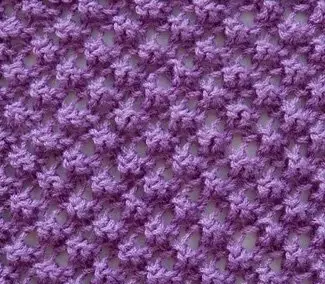
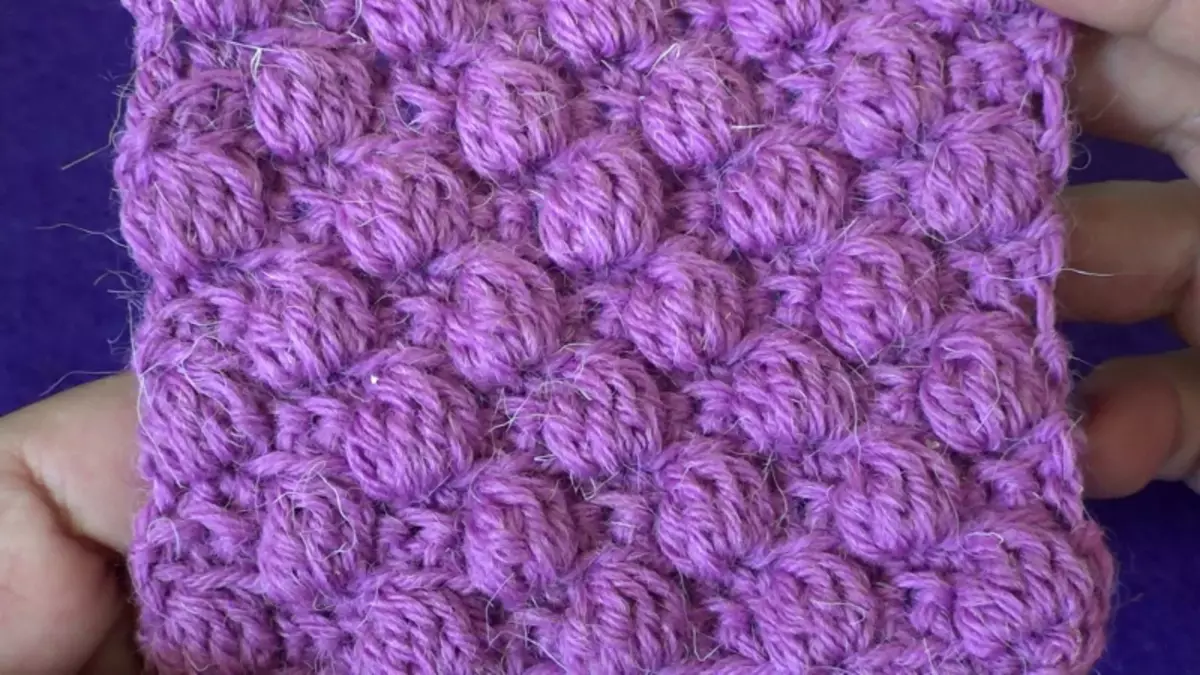
Openwork
This type of "book" is distinguished by its ease and air product, it is more suitable for summer women's and children's things. It is better to knit it from fine yarn, which will help keep the beauty of the pattern and facilitate the work in this technique. Unlike the classic, "shishchechki" in the openwork "Book" knit not from five or more, but from three loops. The rest of the technique is similar.
Article on the topic: Asymmetrical cardigan needles: Step-by-step master class with patterns
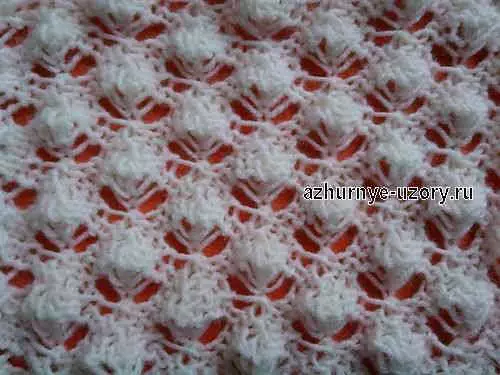
You should dial a multiple four number of loops. The first row, like other odd, is written by involving.
In the second row, three loops should be kept together with one wrong, and then tie the "bustle" of three loops. In subsequent even ranks, as before, it is necessary to comply with the chess procedure for the placement of tubercles.
We try the gradient
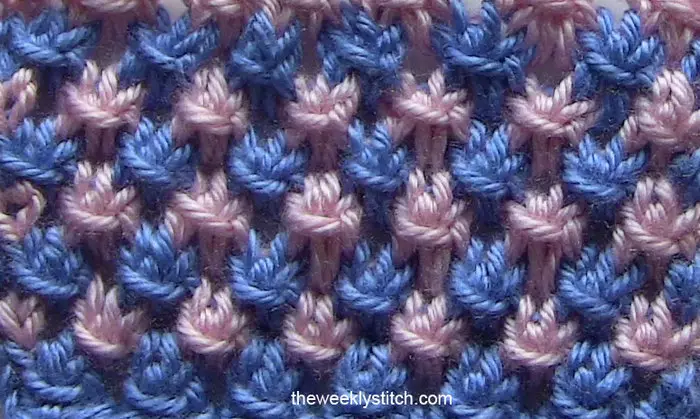
The two-color "book" knits a little more complicated than the classic and openwork. To create it, you need to dial an even number of loops on the needles. Pattern rapport - five rows, below is their detailed description.
The first row ties brighter thread, the facial and invalid loops alternate. In the second row, a dark thread is pronounced one facial loop, then an invalible is removed with Nakud. Similarly fit the entire row. In the third row, a dark thread should be made to make two loops and tie one facial. The scheme is repeated until the end of the row. In the fourth row, one facial loop fit light thread, then three are lying along with the involve. Similarly - to the end of the row. The fifth rod knit light thread, alternating facial and invalid loops.
Small pattern
Another embodiment of the pattern is the so-called small letter, in which "bodies" as such are missing, and the relief pattern is created due to alternation of facial and invalid loops.
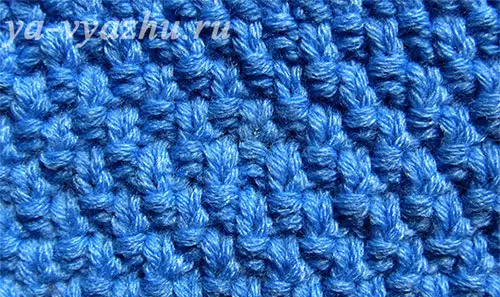
Rapport small book - two rows. The first row begin to knit with the facial loop, the second - with the invalid. In each subsequent row, the chess procedure of the loops should be maintained.
Video on the topic
You can familiarize yourself with the technique of knitting the pattern by using these video:
